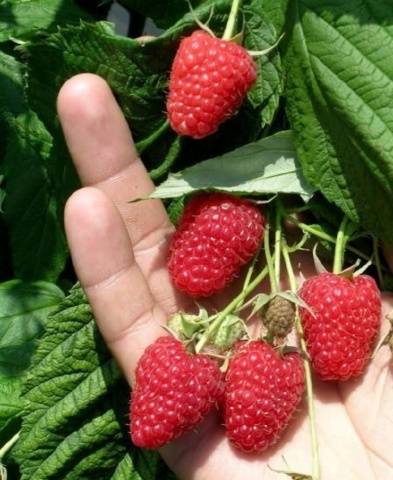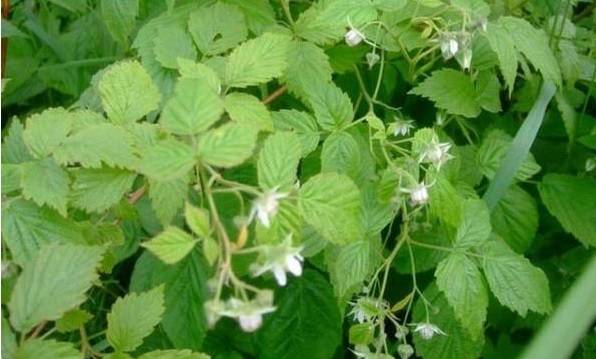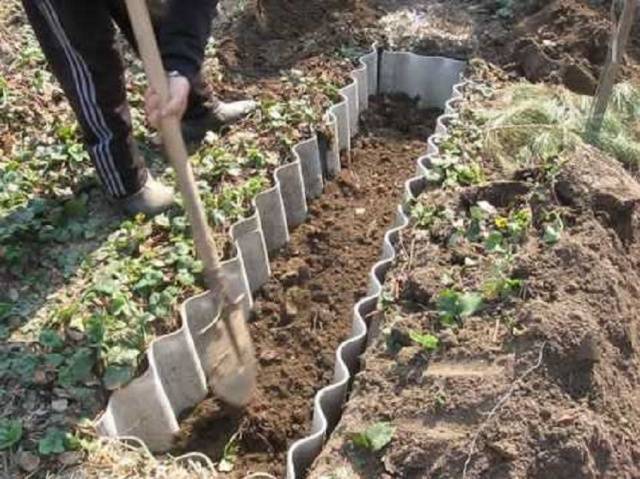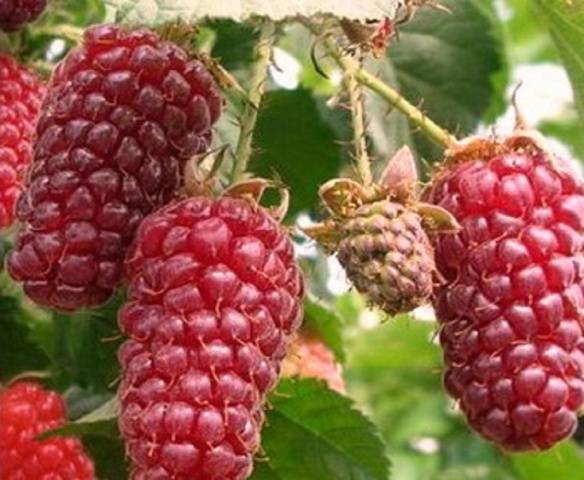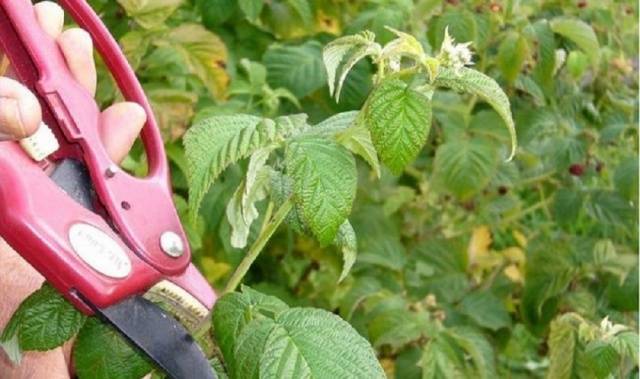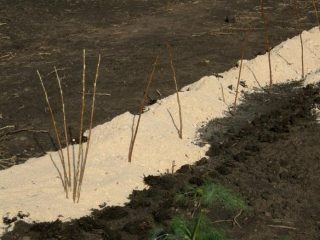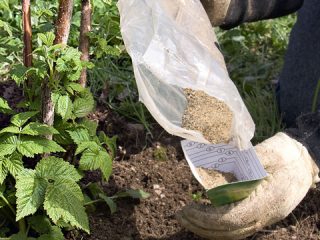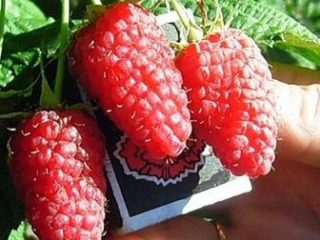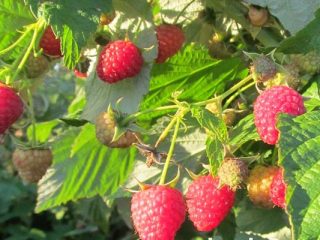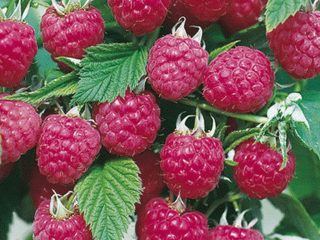Content
Gardeners who prefer to enjoy berries during the season choose varieties of remontant raspberries. Among the very popular species we can safely name the Red Guard raspberry variety. It is classified as an extra-class variety for its luxurious berries of the same size and amazing taste. Red Guard raspberries, according to gardeners, are among the most productive, the most delicious, and the most attractive from the collection of varieties of Academician Kazakov. Ivan Vasilyevich devoted his life to the selection of remontant raspberries, and through his efforts, summer residents received a dozen new species that produce a full harvest in the first year. At the end of the season, the plants are mowed, which provides protection against diseases. Such varieties are called remontant and have earned worthy attention from raspberry lovers. Let's move on to the description of the Red Guard raspberry variety and take a look at the photo of the plant's appearance.
Characteristics of a unique variety
Description of the Red Guard raspberry variety should start with the berries. Although it all consists of advantages, the berries are the main advantage. Their size and taste leave no one indifferent. Each berry weighs about 12 grams and gives the same number of grams of great taste. Some gardeners note that with good care they get fruits up to 18 grams and 5 cm long.Of course, with such returns, the raspberry variety evokes admiration.
Remontant raspberry Red Guard is distinguished by powerful, erect bushes. The young shoots in them are placed close and compact, visually it seems that they are growing from one point. This is another advantage - raspberries are easy to care for. Raspberry height is 160 cm.
Raspberry blossoms begin in mid-June, and at the end of the month the first berries are already on the table. Fruiting of this variety of raspberries lasts until frost; per season, one bush produces at least 9 kg of aromatic berries with a dessert-sweet taste.
If we compare Red Guard raspberries with other remontant varieties, they have many advantages:
- The variety begins to bear fruit earlier and the berries are of excellent quality. They have the same size, which greatly increases the commercial characteristics of the variety. The taste, aroma and juiciness are excellent.
- The unusualness of the variety's berries is that some of them grow fused. This uniqueness leads to the appearance of fruits of double size.
- Raspberry resistance to diseases and high frost resistance also set the variety apart from other remontants.
- The ability to reproduce is above average, which is very helpful when growing raspberries.
Red Guard raspberries, planted and cared for in accordance with the requirements of the variety's agricultural technology, give good performance. The first point that will ensure achievement of the desired result when growing remontant raspberries is planting seedlings.
Proper planting of seedlings is half the success
In order for raspberry seedlings to quickly grow and produce a full harvest, it is important to perform all the steps correctly. And to do this, it is necessary to take into account all the factors influencing the development of the raspberry bush.
First, let's work on finding a place to place the raspberry bushes. The most optimal conditions for raspberry growth:
- South side of the site. This factor allows raspberries to receive more light, especially in the cool season.
- Protection of raspberry bushes from the north side. A fence or wall of a building is suitable, which will protect the variety from cold winds and also allow snow masses to accumulate.
- Soil with good permeability to air and moisture, loose and nutritious.
- Lack of groundwater close to the surface of the earth, as well as stagnation of moisture. Otherwise, the vital activity of soil microorganisms is disrupted, and the raspberries do not receive enough nutrition.
Once the planting site for remontant raspberries has been determined, you need to make a marking. We leave row spacing at least 1.5-2 meters, and mark 0.5 meters between raspberry bushes.
The next stage is preparing the planting holes. It is convenient and quick to plant raspberry seedlings in trenches.
The depth of trenches or holes is maintained at least 45 cm.
The best time for planting raspberry seedlings of this variety is considered to be 7 days after the start of spring frosts. The first snowdrops are just appearing and the buds on the plants are swelling. This will be the signal to begin planting work.
Now the soil mixture is prepared. This stage is required if the soil on the site does not meet the requirements of raspberries of this variety. Depending on the composition of the soil, measures are taken to improve or replace it. The main thing is to ensure a loose structure and a sufficient amount of nutritional components.
The process of planting a raspberry seedling of a popular variety looks like this:
- The prepared soil mixture is poured into a trench or planting hole, and a hole is made in it according to the size of the root system.
- Pour some water into the hole and compact the soil.
- A raspberry seedling is placed in a hole and sprinkled with soil.
- Water the newly planted raspberry bush. This must be done even when planting in damp soil.
- In place of the settled soil, add the remaining soil from the planting hole.
- Mulch the circle around the raspberry bush.
For mulching raspberry seedlings, organic matter is best suited - compost, last year's leaves, rotted manure. Planted raspberry seedlings are cut to a height of 25-30 cm.
Principles of caring for remontant bushes
Proper planting of raspberries does not mean that the harvest will be full and of high quality.
Without proper care this is impossible. What is the main thing for raspberries of the Red Guard variety during the growth period? This includes fertilizing and regular watering. Care is simple and consists of actions familiar to gardeners.
Watering. Very important for the variety. It is imperative to maintain the “golden” mean. The soil cannot be allowed to dry out, but it is also unacceptable to flood the root system. The regularity of watering depends on weather conditions.
Feeding. It is held at moments of special events in the life of raspberries. For two-year and three-year-old plants, mineral fertilizers are chosen. In summer, raspberries need nitrogen nutrition, before the autumn period - complex nutrition. Now we need phosphorus, potassium, nitrogen and trace elements:
- flowering – the period of the first feeding;
- time before fruit ripening - second feeding;
- In the fall, before wintering, they are fed a third time.
If there is a lot of organic matter on the site, then it is laid in a thick layer in the form of mulch.When raspberries are watered abundantly, nutrients flow to the root system.
Shaping and trimming.
Remontant raspberries require complete pruning of all shoots in the autumn. They are cut down to ground level. This “mowing” allows the crop to form a dense, powerful bush that can produce a bountiful harvest.
For the regions of the middle zone and the north, breeder Kazakov I.V. recommended to avoid autumn mowing of raspberry bushes Red Guard. It would be more acceptable to prune as early as possible in the spring so that the side shoots have time to develop by the time of fruiting. In addition, pruning in the spring has certain benefits. Firstly, during the autumn thaw, buds sprout on the bushes, which then die when frost sets in. And if the raspberry bush is not pruned, the buds will remain on the old shoots. Secondly, unpruned bushes retain snow well.
Some gardeners use the double pruning method. The choice of method depends on the region in which Red Guard is grown and the purpose of cultivating the crop.
We got acquainted with the description of the Red Guard raspberry variety, and now let's move on to the reviews of gardeners. The memorable name and remarkable characteristics of the variety attract the attention of summer residents. Therefore, everyone shares their impressions after the harvest.
Reviews
To reinforce the information, let’s look at the video about the Red Guard raspberry:
